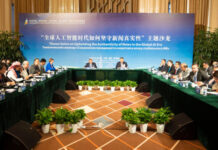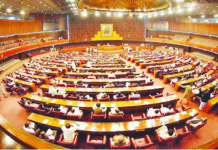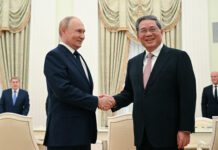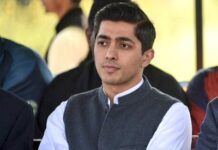The most peculiar and unfortunate fact in Pakistan is the denial of gender equality. Pakistani women do not have the same opportunities as men. The Demographic and Health Survey 2017–18 shows that only 3% of surveyed women between the ages of 15 and 49 in Pakistan own a house, while the same number for men is 72%. This stark gender imbalance can be seen across most socio-economic sectors within the country, including income, wealth, politics, education, and many more. Statistics present a gloomy picture of Pakistani women.
This evident disparity in education and politics manifests that Pakistani women do not have the same opportunities as men. Similarly, adult female literacy was estimated at 46% in 2019, while the same stood at 69% for males. Within the realm of politics, male voter turnout in the 2018 general elections exceeded female voter turnout by around 9.1%. Moreover, the persistent grim incidents of violence against women also support the argument that Pakistani women do not have the same opportunities as men.
No doubt, gender equality contributes to growth, but how can Pakistan reduce the gap without half the population having access to all opportunities? There are several factors that hinder gender equality and negatively impact the well-being of Pakistan. So, Pakistan is in dire need to provide equal opportunities to both genders for the betterment of the economy, bring in prosperity, and tackle all the challenges of this century.
SYEDA HADIA BAKHTAWAR
NANKANA SAHIB






















